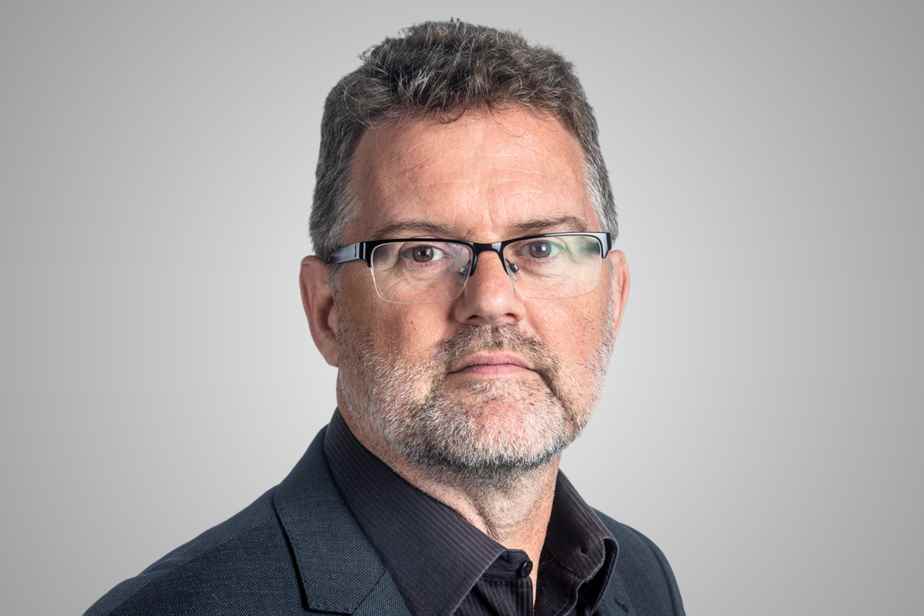I did a little press review exercise that will, I hope, be of interest to you. I also hope that it will illustrate how municipal taxation is no longer appropriate for the 21ste century.
In context
Two centuries ago, when the property tax was invented, the vast majority of services offered by cities were aimed at properties: snow removal, paving, security, fire, aqueducts, etc. Moreover, the word “land” means “relating to a fund of land, its ownership, its exploitation”. It couldn’t be clearer.
Today, the same property tax is used to provide services, most of which no longer target properties, but people: culture, recreation, social development, economic development, sports, and so on.
The November press review, yes, just November, month of budget presentation for several municipalities including Montreal this week, gives us a good idea of what modern cities are doing.
Immigration
The MRC of Rivière-du-Loup has a very first plan in terms of welcoming immigration (1er November), the City of Saint-Jean-sur-Richelieu does the same the next day (November 2), Repentigny organizes a forum on living together (November 9). Lévis (November 10), La Côte-de-Gaspé (November 11), the MRC Les Moulins, Terrebonne and Mascouche (November 14) organize activities to welcome immigrants.
Elders
The Municipality of Bois-Franc announces that it will adopt a policy to help seniors (November 2) and the Municipality of Lanthier is strengthening its own (November 9). The Municipality of Tingwick trains its municipal employees to identify vulnerable seniors in its territory (November 14).
Economy
The City of Lévis is joining forces with the Research Chair in Artificial Intelligence at the Université du Québec à Rimouski (November 4).
The municipalities are partners in 45 public markets for the holiday season (November 15).
Mirabel is trying to consolidate its place of choice in the aerospace industry thanks to an innovation zone (November 25).
Social development
The MRC des Appalaches signs an agreement with the Center de pédiatrie sociale des Appalaches for children in the region (November 4).
Sherbrooke implements a process to promote social inclusion in its downtown area (November 16).
The MRC de Témiscamingue is launching a video capsule project aimed at demystifying the artistic practices of local artists (November 16).
L’Ancienne-Lorette becomes a financial partner in a shared fridge project (November 21).
Environment
The City of Montreal sets up a research fund to save five endangered species (November 21).
The City of Saint-Lin–Laurentides refuses to dezone agricultural land, a necessary gesture for the environment, but harmful to the Municipality’s property revenues — Saint-Lin is thus teaching the Government of Quebec a lesson1 (November 22).
And researchers say: “The key to the fight against decarbonization: cities”, a report by KPMG (November 17). “After COP27: cities must be targeted to accelerate the reduction of GHG emissions” (November 21).
I know that many of you are saying that cities should stop investing in all these areas and stick to their tasks of the last century.
The problem with this approach is that it is theoretical. It is what is happening in reality that drives cities to act. They respond to real needs. They also do it with the support of their citizens and, believe me, when a city exaggerates, it is told quite quickly.
The conflict between the cities’ new roles and the old ones is not one of relevance, but one of funding. Cities should treat people like property. In the environment, in social development, in immigration, in culture, their role is essential. But taxation doesn’t keep up, so cities have to choose what to neglect. Streets? Libraries? Sports? Elders?
Cities are investing in new areas simply because it is necessary. It becomes more and more necessary every day for Quebec to adapt municipal taxation to this need, that is to say to the reality on the ground.
